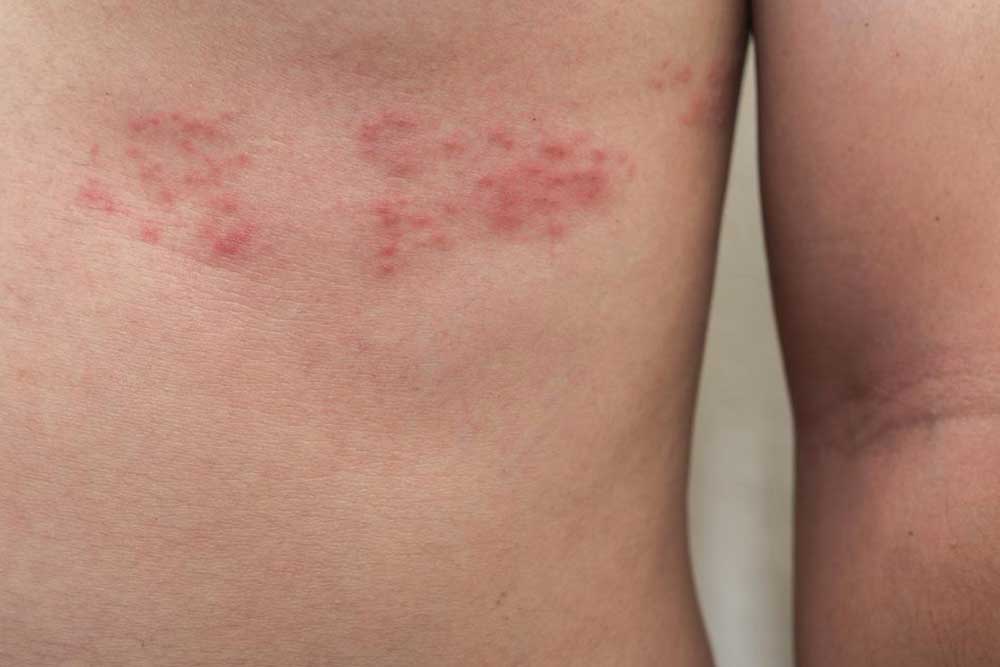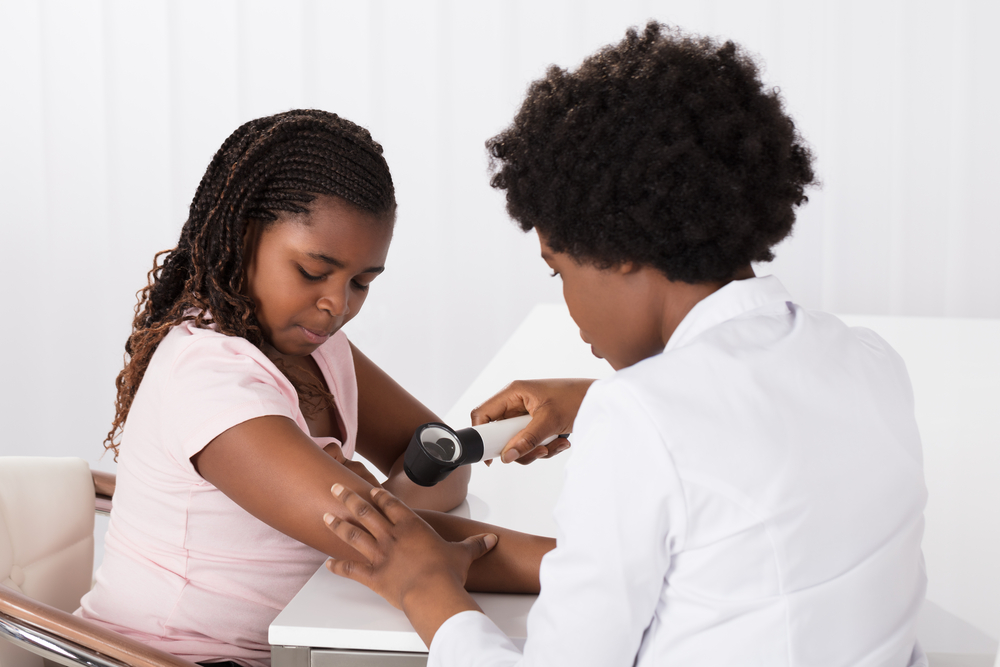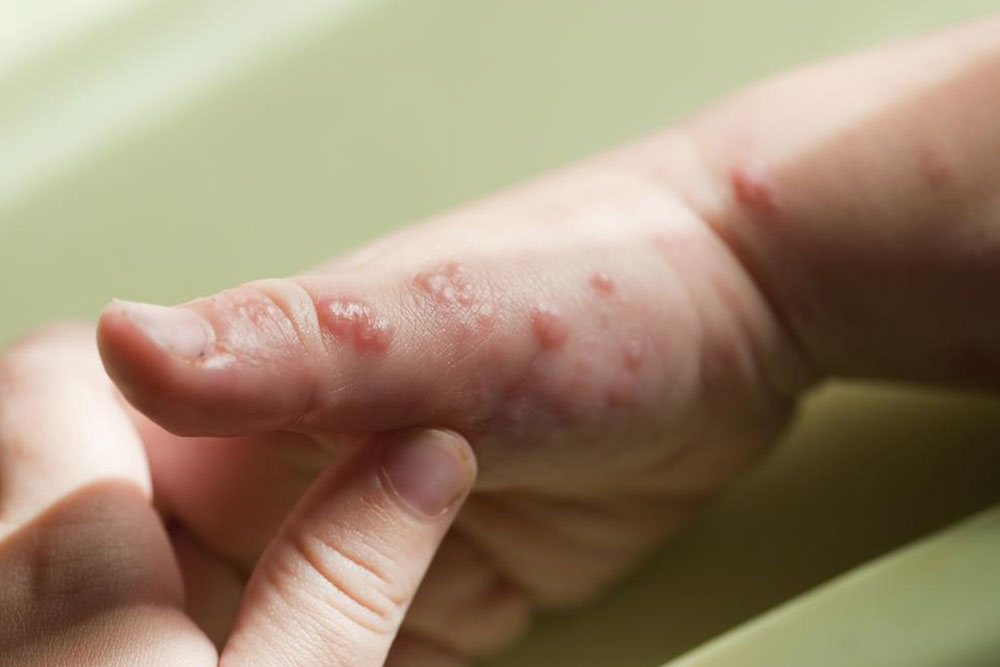Comprehensive Strategies to Alleviate Shingles Nerve Pain and Promote Recovery
This comprehensive guide explores effective strategies for managing shingles nerve pain, emphasizing early medical intervention, topical treatments, and soothing remedies like baking soda paste, cold compresses, and proper bathing techniques. The article highlights the importance of prompt care to prevent complications such as postherpetic neuralgia and offers practical advice for alleviating discomfort, promoting skin healing, and improving quality of life during shingles outbreaks.

Comprehensive Strategies to Alleviate Shingles Nerve Pain and Promote Recovery
Experiencing shingles can be an incredibly uncomfortable and painful ordeal, especially due to the intense nerve discomfort it induces. Shingles, also known as herpes zoster, results from the reactivation of the varicella-zoster virus—the same virus responsible for chickenpox—that remains dormant in nerve tissues after initial infection. When reactivated, it causes a painful rash and nerve pain, which can linger even after the rash heals. Managing this nerve pain effectively is essential not just for comfort but also for preventing complications such as postherpetic neuralgia, a chronic nerve pain condition that can last months or even years.
Understanding the array of treatment options available can help individuals find relief and promote faster recovery. Consulting a healthcare professional promptly at the onset of symptoms is vital. This ensures proper diagnosis, early intervention, and a tailored treatment plan to manage symptoms efficiently. Shingles generally presents as a rash that appears as a band or strip of blisters, often localized on one side of the face or torso. The virus reactivates in nerve cells and can affect nerve fibers, resulting in severe nerve pain that may be described as burning, stabbing, or throbbing. Although not highly contagious, shingles can still infect unvaccinated individuals, leading to chickenpox, especially if they haven't had the disease or the vaccine before.
Here are some thoroughly researched and clinically recommended remedies to help alleviate shingles nerve pain and discomfort, enabling patients to regain their quality of life:
Baking Soda and Cornstarch Paste: A soothing remedy for irritating skin and nerve discomfort involves mixing three parts baking soda with one part cornstarch and adding sufficient water to create a smooth paste. Applying this mixture directly to the affected area can help neutralize skin irritation, soothe itching, and reduce the urge to scratch, which can prevent secondary infections and further nerve irritation. This natural remedy leverages the anti-inflammatory and calming properties of baking soda and cornstarch, providing relief from nerve-related discomfort.
Proper Bathing Techniques: Gentle, cool baths are a simple yet effective way to soothe irritated nerve endings and reduce discomfort. Adding colloidal oatmeal to the bathwater can enhance soothing effects, combating itching and inflammation. It is crucial to keep the water lukewarm, as hot water can aggravate skin blisters and worsen pain by increasing inflammation. Baths, combined with gentle patting of the skin afterward, can promote healing and reduce nerve sensitivity over time.
Cold Compress Therapy: Applying a cold, damp cloth or an ice pack wrapped in a towel to the affected regions can significantly diminish nerve pain and reduce inflammation. Repeating this process for 15 to 20 minutes multiple times daily ensures continuous relief and minimizes discomfort. Cold therapy numbs nerve endings temporarily, providing an immediate calming effect, which can be particularly helpful during flare-ups of intense pain.
Topical Medications: Over-the-counter creams containing anesthetics like benzocaine or lidocaine can numb nerve endings and alleviate itching or burning sensations. When selecting topical agents, it is important to avoid scented or irritating products, which might exacerbate skin sensitivity. Applying these creams as directed can offer localized pain relief and improve patient comfort during nerve flare-ups.
Domeboro and Burrow’s Solution: Using an astringent solution like Domeboro or Burrow’s soaks can provide additional relief. Dipping a soft cloth into the solution and applying it directly to the affected skin helps reduce inflammation, crusting, and bacterial colonization — especially useful when blisters begin to dry up. This treatment not only eases discomfort but also promotes cleaner, faster healing by decreasing the risk of secondary bacterial infections.
While these remedies offer symptomatic relief and can significantly improve comfort, they should complement medical treatment prescribed by healthcare providers. Antiviral medications, pain relievers, and other interventions may be necessary to address the underlying viral activity, prevent complications, and manage postherpetic neuralgia. Early diagnosis and comprehensive care are essential to minimizing nerve damage and accelerating recovery. If you or someone you know develops symptoms of shingles, seeking prompt medical advice is crucial to optimize outcomes and prevent long-term complications. Understanding and utilizing a combination of these supportive treatments can make a tangible difference in managing shingles nerve discomfort effectively, leading to a quicker, more comfortable healing process.





